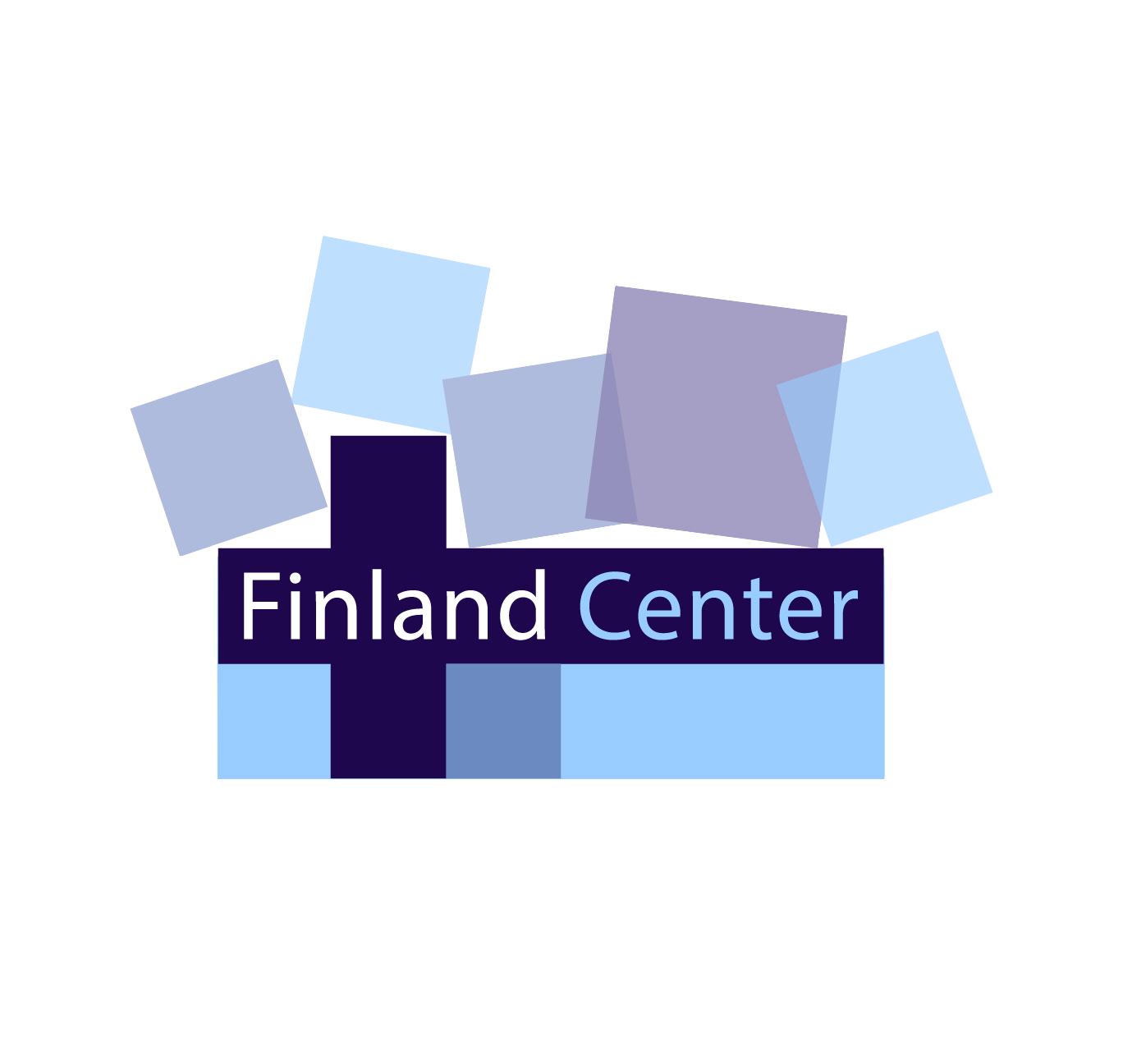By Janita herself
I just released a new album called Didn’t You, my Dear? I honestly feel that this is my best album yet. I am also now in the best place that I have ever been in my life – the happiest, the healthiest, and the most balanced. My album is sort of a declaration of independence for me. I wrote all the songs myself except the cover song. I also played guitar, piano and other instruments myself. I am open to success now, open to showing my talent; I also really appreciate my talent and my happiness. This kind of self-respect and self-esteem are just some of the things I have learned while spending my time in America.
My genetics are Finnish and I look Finnish. Having grown up in Finland there is an air of “Finnishness” about me, in my manners, etc. For example, I’ve never made a real effort to get rid of my accent. I find it to be a part of my personality, a part of me. I am proud of my roots and I feel that my foundation as a human being is Finnish. However, having spent more than half of my life in the US, I think I operate more as an American than as a Finn in my day-to-day life. I notice this especially when I go back to visit Finland, as I find it hard to adjust to all the things that other people consider normal or day-to-day.
I feel that the Finnish and American cultures are opposites in many ways. The collective self-esteem of people in the US is quite high, whereas Finns have a history of living in the shadow of a massive neighbor, that hasn’t always been benevolent… I think this has really affected the self-esteem of the nation. I think that the Finns have amazing abilities and talents, like being number one when it comes to education, and having a phenomenal healthcare and insurance system. Unfortunately, the Finns tend to downplay this, and other attributes. In Finland there is even a saying that it is better to hide one’s success and one’s happiness. This is anathema to what the American mentality is.
I left Finland because of my work and came to the States to pursue an international career as a singer. I doubt that I would have made that decision on my own at that age, but I had a musical partner at the time who was very ambitious. It was quite a transition. I was so young that I had never even done my own laundry. I was sure that I would go back to Finland soon after arriving – I was rather oblivious at the time and had no expectations whatsoever.
By the time I made the choice to stay and really started to make friends in New York, I discovered all the amazing qualities that this city had. I fell in love with it and a number of amazing people that I have met. (Took out a sentence here.) I love the fact that this city does not give a shit–it just keeps going. It is a true melting pot of so many different cultures, and you never feel alone in New York. Being from Finland, I miss the people that I love, and the fresh air. I sometimes miss the slower pace of life in Helsinki. I also miss the simplicity and the nature of the country. In New York you are literally fighting for your existence on a daily basis, and sometimes I get tired of that. On that note, I have to say that I love the amount of respect that is given to the arts in Finland. The US has much to learn from that.
I now feel really good about the way my career is going. I’ve received rave reviews for my new album, and have exciting new opportunities coming in almost every day. I feel like I am building a foundation for the career that I’ve always wanted to have, and becoming the artist that I’ve always wanted to be. It is truly gratifying to be able to create the kind of music that I would listen to, and to be compared to the artists that I love. I am deeply grateful. For all of this.









